|
We are only a few weeks from Veterans Day, and our "Wreaths Across America" wreath program will occur on Saturday, December 17th (12 noon). As is the case with Memorial Day, flags are planted on Veterans Day on more than 4,000 veteran graves here in Frederick's historic Mount Olivet. Please sponsor wreaths so we have the opportunity to cover every grave. For this week's "Story in Stone," I want to tell you about a new attribute to our garden cemetery, with roots of old. Before I get to that, I decided to take a nostalgic look back at a local commemoration that took place exactly a century ago. I found a few articles in the Frederick News-Post describing the special day here in Frederick with activity occurring in Mount Olivet Cemetery. This included the annual placement of flowers and flags on veteran graves, of course. The American Legion’s Francis Scott Key Post #11 held a ceremony here that day, but it was not at the base of the Post's namesake monument as it was again last Memorial Day, May 30th, 2022 at 12 noon. One hundred years ago, on May 30th, 1922, a large contingent of citizens and veterans came to the cemetery in the formation of a parade. The group started at the Old Armory building at the corner of N. Bentz and W. Second streets (today's Talley Recreation Center across from Memorial Park). V.I.P. guests in this parade included both Civil War and Spanish-American War veterans riding in automobiles. The throng traveled east on W. Second to Market Street, turning south to venture to “Frederick’s Other City” at the southern edge of town. The main speaker of that day was Sherman Philip Bowers (1889-1962), a World War I veteran, who gave an address entitled, “The Origin & Significance of Memorial Day.” Sherman P. Bowers was a prominent lawyer and civic leader throughout his life and is buried in Area AA/Lot 11. The master of ceremonies for 1922’s Memorial Day program was post-commander Grayson Hunter Bowers (1897-1996), a veteran of World War I. “G. Hunter,” as he was more readily known, had earlier served in the US Army and was stationed at Fort Sam Houston during the Poncho Villa revolt of the Mexican Border Conflict. Mr. Bowers served on our cemetery’s Board of Directors from 1941 through his death in 1996. During this time, he was president for 26 years from 1968-1994. Fittingly a veteran’s memorial, located in front of Mount Olivet’s Chapel Mausoleum, was dedicated in his name in November, 1997. This ten-foot monument contains the engraved names of veterans entombed in the mausoleum complex, which was proposed and opened under Mr. Bowers tenure on our board. Memorial Day has held special significance here at Mount Olivet since the days of the American Civil War and Decoration Day. Over the last century and a half, three locations within the cemetery have emerged as signature places in respect to honoring soldiers and veteran affairs—especially at times of special military holidays such as Memorial Day and Veteran’s Day. The first of these is Confederate Row, where over 700 Southern soldiers of the American Civil War repose in a line on the cemetery’s western boundary. These men perished, usually in the hospitals of town of wounds, injuries and sickness between 1861-1865. As many know, we at one time had a similar “Union Row” in what are today's Area X and Area K, but most of these men were reinterred in Sharpsburg’s federally-sponsored military cemetery in the year 1867. This place became known as Antietam National Cemetery. The original Cemetery Commission's plan allowed for burial of soldiers from both sides. However, the rancor and bitterness over the recently completed conflict and the devastated South's inability to raise funds to join in such a venture persuaded Maryland to recant. Consequently, only Union dead are interred here. The Confederate soldiers were left here in Mount Olivet, as well as Rose Hill Cemetery in Hagerstown and Elmwood Cemetery in Shepherdstown (WV). There are still a few Union casualties of the war to be found here in Mount Olivet under military-issue headstones. We also have a few, small clusters of Union veterans in places like the GAR (Grand Army of the Republic) Lot, found on the southern tip of Area C. Union and Confederate veterans who lived through the war are buried in varied lots throughout the cemetery under civilian style stones, with some exceptions. A second location of special remembrance here in Mount Olivet came in the midst of the Spanish-American War in late summer of 1898. This was the time of the unveiling of the Francis Scott Key Monument by our front gate amidst great fanfare. We have had many patriotic events here ever since, exemplified by the annual Memorial Day program sponsored by our local, Francis Scott Key Post.  Charles C. Crum, Sr (1898-1973) Charles C. Crum, Sr (1898-1973) Twenty years later, some local boys who were at the vastly attended ceremony (of the Key Monument), found themselves in doughboy uniforms in the midst of a World War. We have 12 casualties of “the Great War” buried in Mount Olivet, and 600 who survived the conflict that would later be known as World War I. Unfortunately, another World War would follow some twenty years after that specific occasion in late May, 1922. We jump ahead to Memorial Day, 1942 and the mood was rife with the fact that our government had declared war on Japan and the axis nations of Germany and Italy five months earlier (December, 1941). Fifty-seven known interments would be made here of Frederick residents killed in the line of military duty during World War II. Thirty of these men are part of the third place of special significance here at Mount Olivet—the World War II Memorial. At the November 6th, 1945 meeting of our Board of Directors, a report on the sketches of the plan for a World War II section were discussed. A year later, (November 5th, 1946) the Board approved the construction and placement of a World War II Memorial in Area EE. The sum of $500.00 was indicated for the erection of the memorial. The superintendent was instructed to secure the names and addresses of the next of kin of all Frederick City and Frederick County residents who lost their lives while serving in the Armed Forces of the United States during World War II. 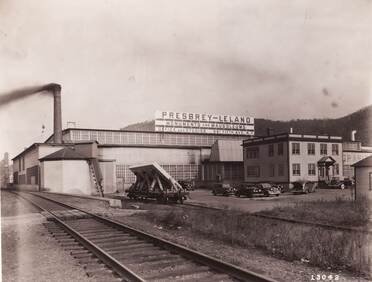 Presbrey-Leland, Inc, NY Presbrey-Leland, Inc, NY The proposed design by Presbrey-Leland, Inc. of New York was accepted at the December 9th meeting with the approval of Indiana Limestone as the material to be used. The project was estimated to cost $5,240.00. Formed in 1920 from the merger of two monument studios, the Leland Company and Presbrey Coykendall, Presbrey-Leland, Inc. became a leader in monument design between the two World Wars. While most of their production centered in the East, their designs can be found nationwide. On the high-end, they produced large, costly mausoleums at Woodlawn Cemetery in the Bronx, where the company had opened a showroom soon after their merger. The World War II Monument at Mount Olivet would be dedicated on Memorial Day, May 30th, 1948. The central circular ground level monument contains all the Frederick County servicemen lost in the war. The bodies of thirty men help comprise a semicircle around an eternal flame centerpiece. The monument was redesigned and rededicated on Memorial Day, May 27th, 2002. Over the last four years, this memorial has been the site of our opening ceremony for “Wreaths Across America.” That brings me to a new location for veteran remembrance with the “reincarnation” of a former cemetery structure built in 1915. A Kiosk topped with a cupola once graced the center of Areas T, U, and S in the virtual midpoint of the cemetery. The cupola once adorned a structure known as the Public Vault. This was dismantled in 1911, and the present-day Francis Scott Key Chapel was built on its site. The cupola went into storage, but was eventually used to top the Kiosk. This colorful structure hosted lot-holders, visitors and a few reverent concerts in its day. After the Kiosk fell into disrepair in the 1940s, it was razed. Rumor has it that the cupola found a new home at the Maryland School for the Deaf. The original building had its own share of cupolas, and I recall one of which on display in the school’s Bjorlee Museum. They seem slightly different architecturally, but I am wondering if the story got confused somehow? Last March (2021), a few friends from the Carrollton Manor Chapter of the Daughters of the American Revolution requested to meet with our superintendent Ron Pearcey and myself. Ysabel Suarez, Audrey Flickinger Brkovich and Julie Holmes had come with the idea of a unique memorial to help commemorate the famed Tomb of the Unknown Soldier in Arlington Cemetery. They would explain to us their desire to place a special garden marker, with the opportunity to surround it with a “Never Forget Garden" to honor the unknown veterans of past US military conflicts. The Tomb’s website includes the following explanation: Through an initiative started in 2018, the Tomb of the Unknown Soldier "Never Forget Garden" is a nationwide invitation to all Americans and freedom loving people to plant gardens as a visual way to represent America’s unwavering commitment to our sacred duty to recognize, remember, and honor our veterans, many who continued to serve as first responders, and their families now and for many years to come. There are many ways and traditions that are available to express patriotism, love, mourning and remembrance. A “Never Forget Garden” can provide an elegant expression of that which deeply resides in the heart of our fellow Americans: “I will Never, Ever Forget You — I am in it with you.” "The Never Forget Garden" Marker, designed in collaboration with the artists at Carruth Studio, was inspired by the sacred duty of the American people to never, ever forget or forsake all those who have served and sacrificed on behalf of America in times of war or armed conflict. Its message beckons the visitor to pause in this special place, and with a quiet soul open your heart to allow these plantings to speak; to reflect upon the deeds of those who we owe a debt that can never be fully repaid; and to think about those immutable truths that define us as Americans secured by their full measure of devotion. Occasioned by the Centennial of the Tomb of the Unknown Soldier, a "Never Forget Garden" and this marker are intended to be a place to remember, to honor, and to teach. It is a place of remembrance and renewal of our commitment to say to the living, the dead, and those yet to serve our Country. The quote at the end of the marker is from the Declaration of Independence and is tied to America’s sacred duty to never ever forget. The very name of the Garden says : Never Forget —I am in it with you. The declaration is the document that speaks to why we fight and why citizens, from the very beginning of our Country, come forward to defend what defines us as American’s. So, we were intrigued, and asked where the ladies envisioned placing the marker and garden. Naturally, the island surrounding the Francis Scott Key Monument was suggested. By the way, we will eventually embark on a project to boost this area’s visitor reach as we re-brand it “Star-Spangled Plaza”—stay tuned. Knowing our future plans, and the fact that we have a myriad of monuments already here by the 1898 monument, I immediately thought of the old Kiosk site which has been an empty circle for well over half a century. I explained the site to the ladies, and utilized an aerial shot of the cemetery to point to the actual location. I said it is here between areas T, U, and S—ironically an area that vaguely resembles the peace sign.  The ladies appeared speechless, and I thought perhaps that they were disappointed that I was dissuading them from having said marker and garden close to Francis Scott Key. The ladies in unison gave their amazing approval of my suggestion and added that it seemed almost serendipitous because the Tomb of the Unknown Soldier often uses the acronym of T.U.S. It seemed meant to be at that very moment. Fast forward to late last summer and a planting of rose bushes—white Knockout Roses to be exact. These were in nice bloom when we had an official marker/garden dedication on Saturday, October 2nd, 2021. In the months preceding this event, additional conversations included the genesis of rebuilding the Kiosk in the form of a gazebo, complete with cupola. Going one step further, I had contemplated this representing the creation of a World War I Monument to complement our World War II Monument a short distance away. Besides, many World War I vets are buried in the three areas surrounding the gazebo. The idea had merit as we had recently conducted a World War I commemoration with the 100th anniversary of the end of the Great War—November 11th, 1918. This would become more commonly know as Armistice Day. We call it Veterans Day. We introduced the idea of rebuilding the kiosk (in form of a gazebo) and framed this as a World War I memorial. It seemed appropriate as I found that the early American Legion exercises on Memorial Day were held here, before they moved to their spot by the front gate at the Key Monument. The last mention I found of the original Mount Olivet Kiosk was in conjunction with Memorial Day, 1938. We talked up the idea of the gazebo during our "Never Forget Marker/Garden" unveiling ceremony and the idea was well-received. On behalf of our non-profit Mount Olivet Cemetery Preservation and Enhancement Fund, I followed up by submitting a grant submission for the project to the Delaplaine Foundation. Inc. In December, Marlene Young called me with news that the Foundation saw merit in the project and were prepared to make a gift of $25,000 towards the purchase of a gazebo kit. Of course, we knew that we still needed additional funding to cover the cement foundation necessary and construction of the gazebo complete with applying a two-ply roof with shingles and applying a stain to the natural wood ceiling. Now for the World War I connection, we have a goal which includes a flag pole, benches, a custom "doughboy-inspired" weathervane and three table-top style interpretive exhibits. I've thought about these specific exhibits for the cemetery since 2017, as information can easily be lifted from the pages of some of our past "Stories in Stone" articles. These can inform visitors of some of the interesting circumstances surrounding local men and women buried here who served in World War I. One such exhibit would talk about soldiers who lost their lives in the war itself, representing the essence of sacrifice for flag and country preached on Memorial Day across the nation. Some of our standout examples include individuals such as Earlston L. Hargett, John Reading Schley and Charles Shaw Simpson. There are also uplifting stories of valor such as that of Silver-Star recipient William T. Kreh, Sr. who served as a bugler and "runner." For those not familiar with the term "runner" in World War I, these were foot messengers, men whose primary role was to deliver critical pieces of information from one command unit to another. Another exhibit can talk on the Spanish Flu pandemic of 1918. We obviously have an even greater appreciation for infectious diseases today after going through Covid-19. In the adjoining Area T (west of the gazebo site), we have roughly 50 victims of this rare influenza buried, of which we have 100 total in our cemetery. Area T was the current area where lots were being offered in the fateful year of 1918-1919. Four servicemen are resting among them, all casualties of the pandemic. Private William Lee Dertzbaugh was one of these who died in France in the Argonne Center Sector on October 12th, 1918. His body would originally be buried there, but would be brought home to Frederick a few years later and placed in Area T's lot 147. Read more at "No Ordinary Flu Season." In Area U, we have a lady named Lela B. Angleberger who served in the US Navy, the first of the Armed Forces branches to allow women to participate in military duty. Miss Angleberger held the rank of Yeoman (F), with the "F" denoting female. I have written earlier stories on three other ladies who served in the First World War in this capacity. These included Lola Motter (daughter of Judge John Motter and namesake of Motter Ave.), Henrietta Rosenstock (benefactress of Rosenstock Hall on the Hood College Campus) and Charlotte Berry Winters, who, at the time of her death in 2007, was the oldest living female veteran of World War I. She was 109. Read more "Striking Women of World War I." Some readers may remember an earlier Story in Stone entitled "Finding Private Burke." This is one of my favorite tales as it explored the curious circumstances surrounding a monument, about 50 yards east of Lela Angleberger's on Area U/Lot 12. Harry C. Burke was born on the family farm in 1894 in Pearl, near what is today part of the Spring Ridge planned housing community. Private Burke was a member of Company L of the 313th Infantry Regiment and would lose his life in an artillery explosion on September 29th, 1918 near Montfaucon. His body, however, was missing. He was known to be dead, but his remains would not be found for some time later. He became an "Unknown." To assist with their grief, Private Burke's parents erected a large monument on Area U/Lot 12 along the lane that lead up to the old Kiosk from the east. This was placed simply as a memorial to the Burke's son as each parent would eventually take their place in the lot in later decades. I’ve read early accounts as early as 1923 in which the American Legion decorated this grave as if it contained the veterans body. Eventually, Burke’s body would be identified, and can be found today in the Meuse-Argonne American Cemetery located in Romagne, France, not far from where Private Harry C. Burke breathed his last breath. Not exactly the tomb of the unknown soldier, but we have the memorial gravestone of a local hero buried “Over There.” To read more: "Finding Private Burke." These interpretive exhibits will be placed around the gazebo/Mount Olivet World War I Memorial, providing strong visitor amenities, while adding to the memorial importance for generations to come. In case you were wondering, we do actually have unknown soldiers in Mount Olivet. There are 29 unknown soldier gravestones standing in Confederate Row, and a mass grave that holds 408 unknowns. Regardless of what your feelings are in regard to Southern soldiers, these were human beings just the same and started their lives as US citizens up through the war. Although led by Jefferson Davis from 1861-1865, the Confederacy was never recognized as a sovereign nation. So here is my pitch to you the reader. We need your help to make this memorial project a total reality. Please consider donating to our Mount Olivet World War I Memorial "Gazebo Project." Check out the sponsor form below. I am always open for questions as well, so feel free to contact me via email or phone as can be seen on the donation form. There is a printable copy available on the home page of this site (MountOlivetHistory.com). We are ramping up a final phase to add three tabletop interpretive exhibits/displays to the gazebo in which to inform visitors about the garden and gazebo, but more importantly, to tell rich stories of some of the WW1 Vets buried in Mount Olivet. Please help if you can as they will teach future generations. We have re-scheduled a date of Saturday, October 29th at 11am for the official unveiling of this memorial. We invite you to visit it for yourself and consider donating to its further interpretive exhibit enhancement as a World War I Memorial. This will include three tabletop interpretive exhibits which should cost us around $12,000. The overarching theme of patriotism is on display here at the cemetery for sure this time of year with well over 4,000 flags marking veteran graves for Memorial Day and Veterans Day. This year we will be hosting the public to mark graves for flags on Saturday, November 5th from 9am-12 noon. The four areas mentioned make for perfect stops of exploration should you want to share your gratitude to those veterans who made the ultimate sacrifice. In addition, our two local Daughters of the American Revolution chapters (Frederick and Carrollton Manor) will be holding their annual Memorial Day ceremony recognizing vets entombed in the mausoleum. This event starts at 10:00 am and exemplifies the spirit of the G. Hunter Bowers Memorial mentioned earlier. The DAR service takes pace at the Mausoleum Complex, located to the rear of the cemetery. To learn more about our military veterans, check out our website MountOlivetVets.com which is currently being updated with memorial veteran pages thanks to our Friends of Mount Olivet group. It currently has all World War I vets, along with Revolutionary War and War of 1812. Coming soon will be Civil War and World War II soldiers..
1 Comment
|
STORIES
|
Archives
July 2024
June 2024
May 2024
April 2024
March 2024
February 2024
January 2024
December 2023
November 2023
September 2023
August 2023
July 2023
June 2023
May 2023
April 2023
March 2023
February 2023
January 2023
December 2022
November 2022
October 2022
September 2022
August 2022
July 2022
June 2022
May 2022
April 2022
March 2022
February 2022
January 2022
December 2021
November 2021
October 2021
September 2021
August 2021
July 2021
June 2021
May 2021
April 2021
March 2021
February 2021
January 2021
December 2020
November 2020
October 2020
September 2020
August 2020
July 2020
June 2020
May 2020
April 2020
March 2020
February 2020
January 2020
December 2019
November 2019
October 2019
September 2019
August 2019
July 2019
June 2019
May 2019
April 2019
March 2019
February 2019
January 2019
December 2018
November 2018
October 2018
September 2018
August 2018
July 2018
June 2018
May 2018
April 2018
March 2018
February 2018
January 2018
December 2017
November 2017
October 2017
September 2017
August 2017
July 2017
June 2017
May 2017
April 2017
March 2017
February 2017
January 2017
December 2016
November 2016



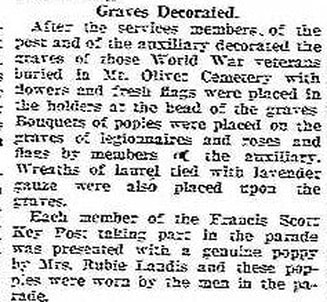
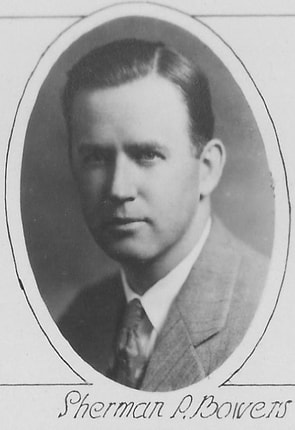









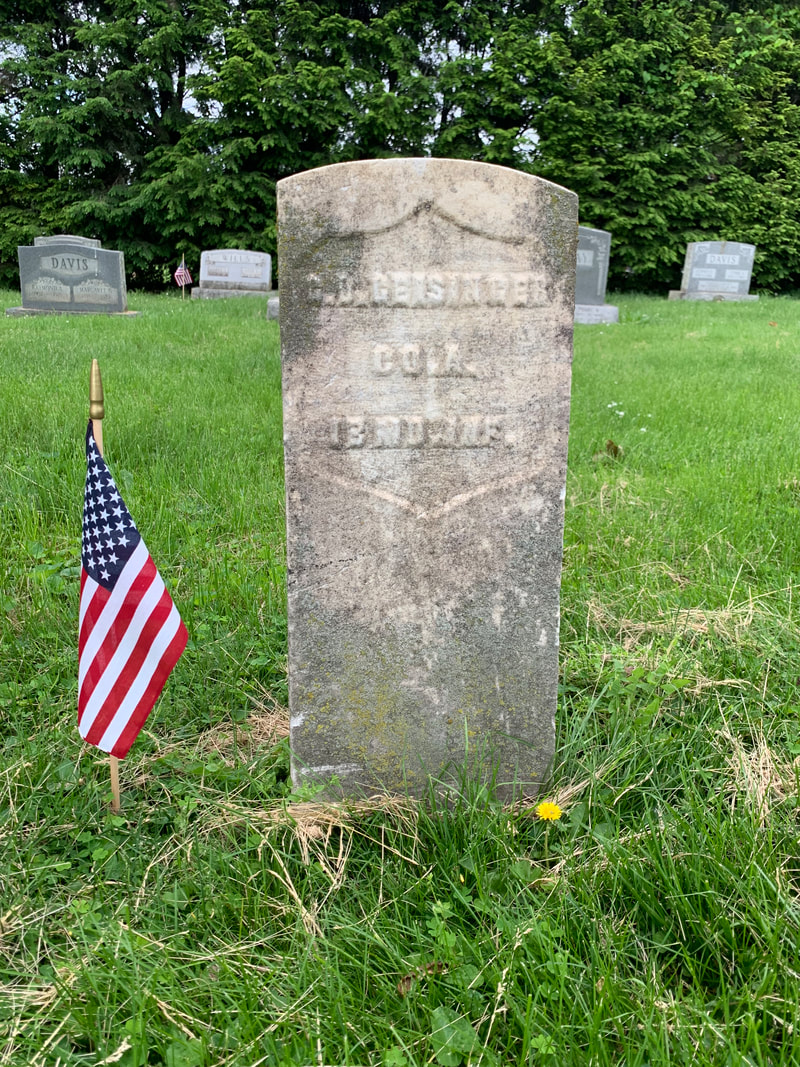




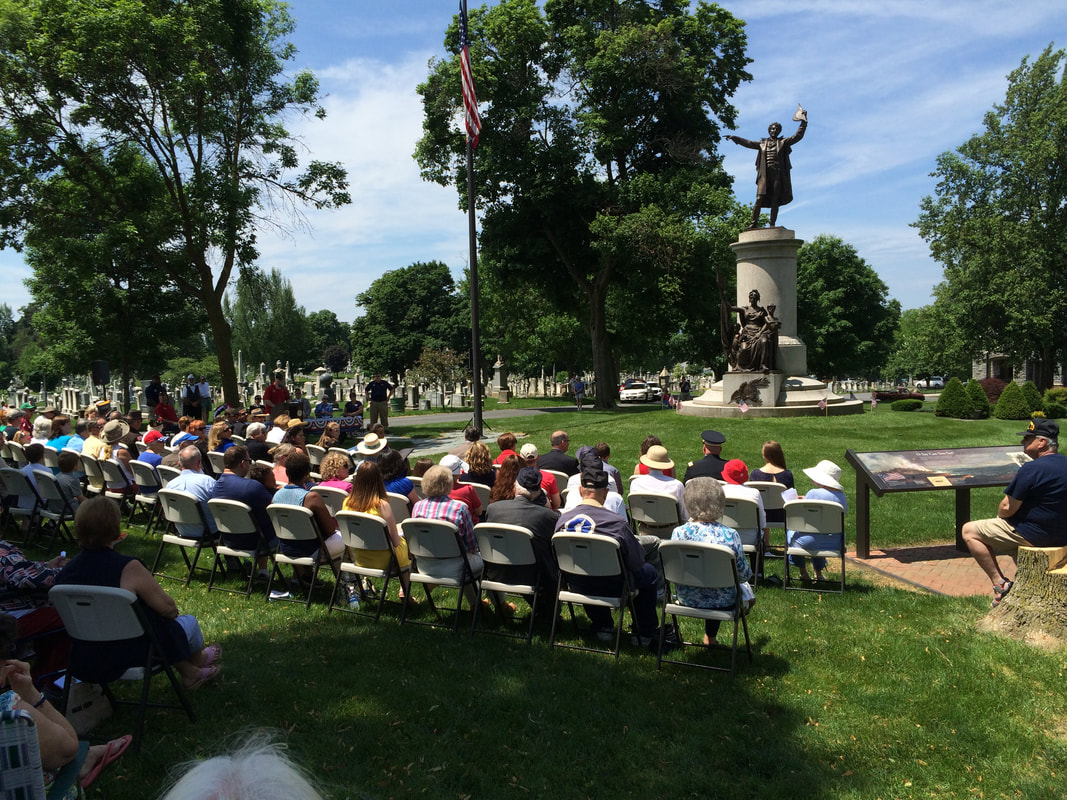

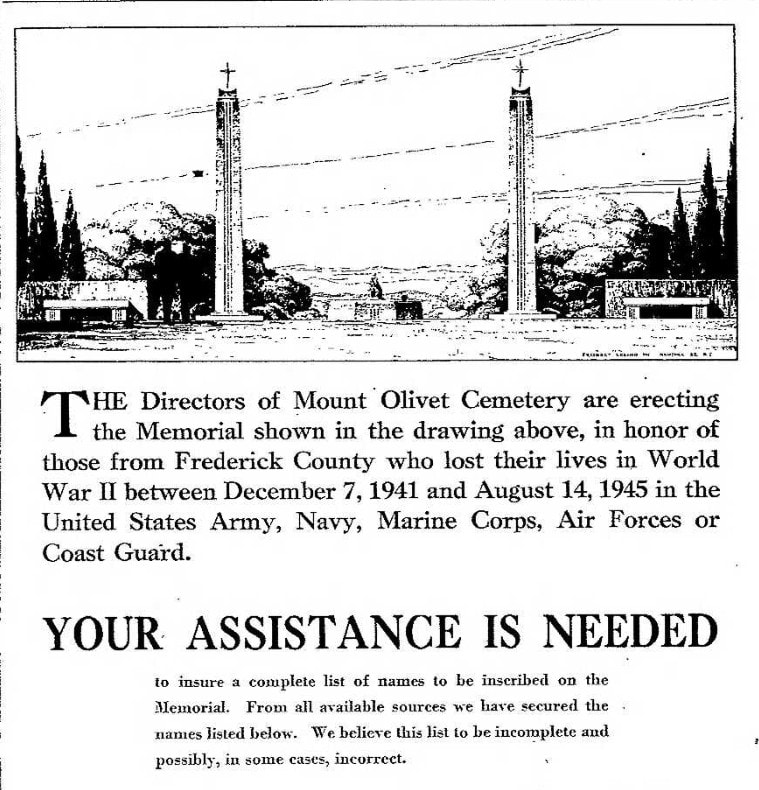

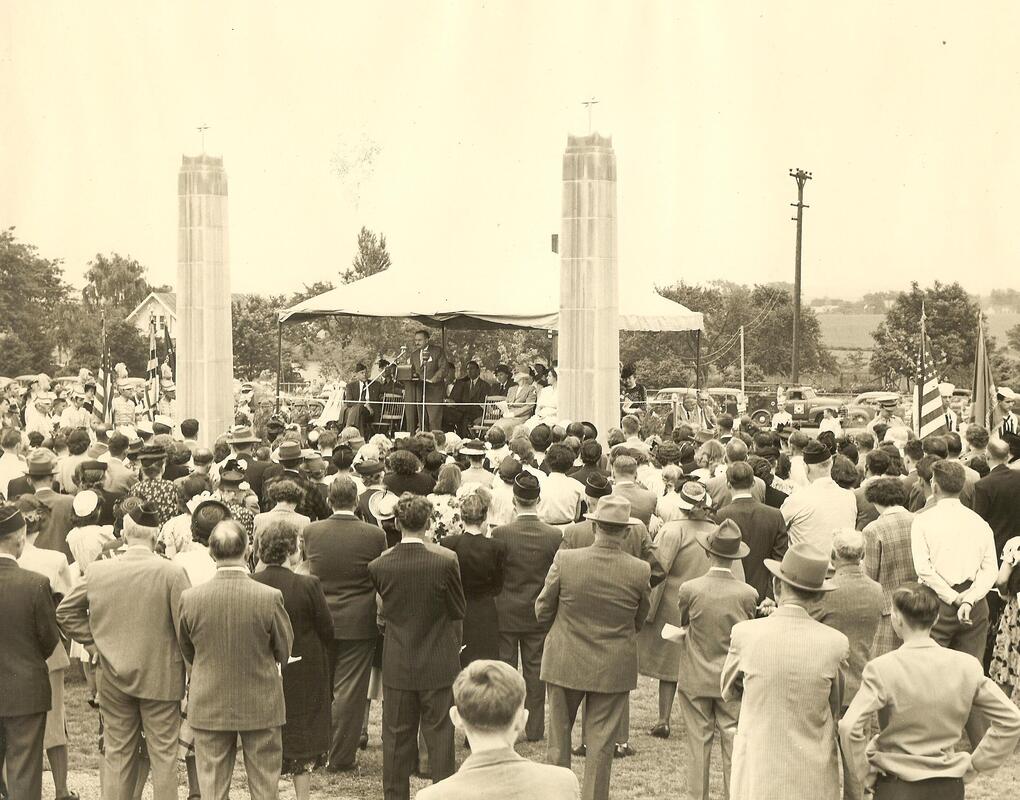










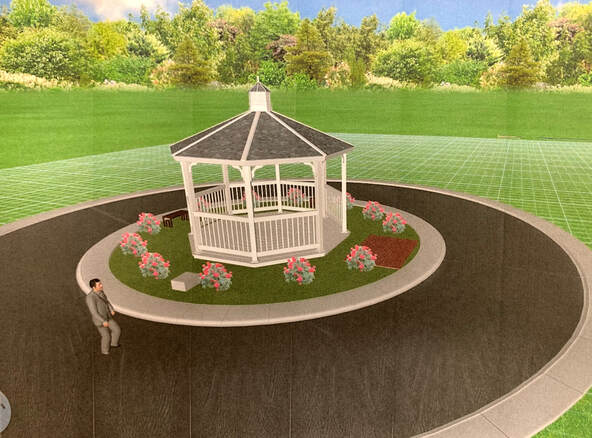





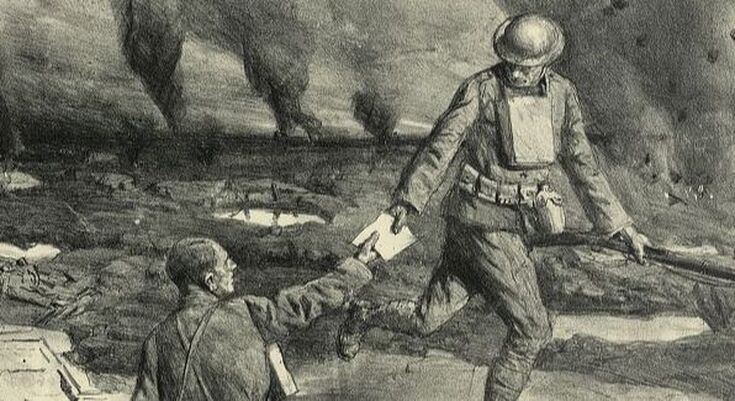



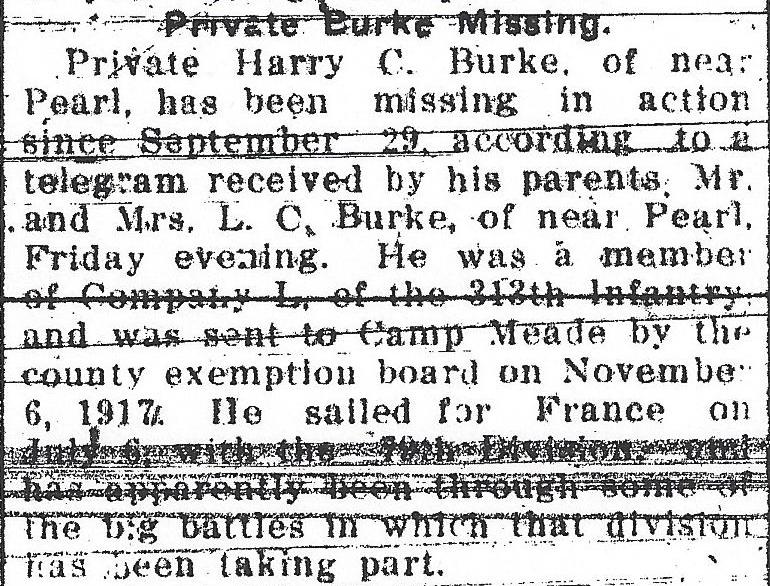
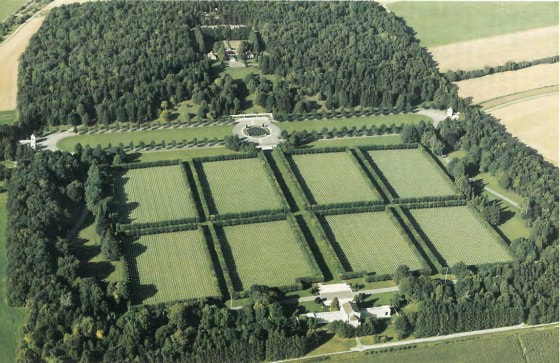





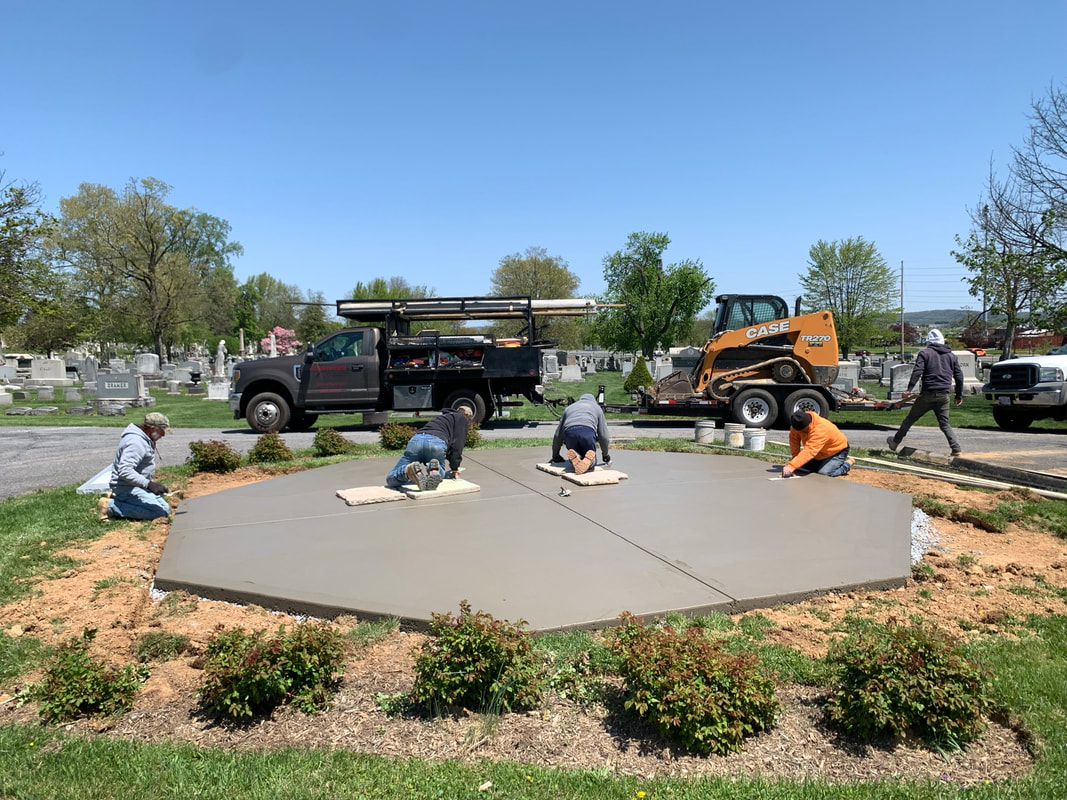





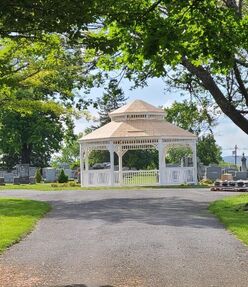






 RSS Feed
RSS Feed